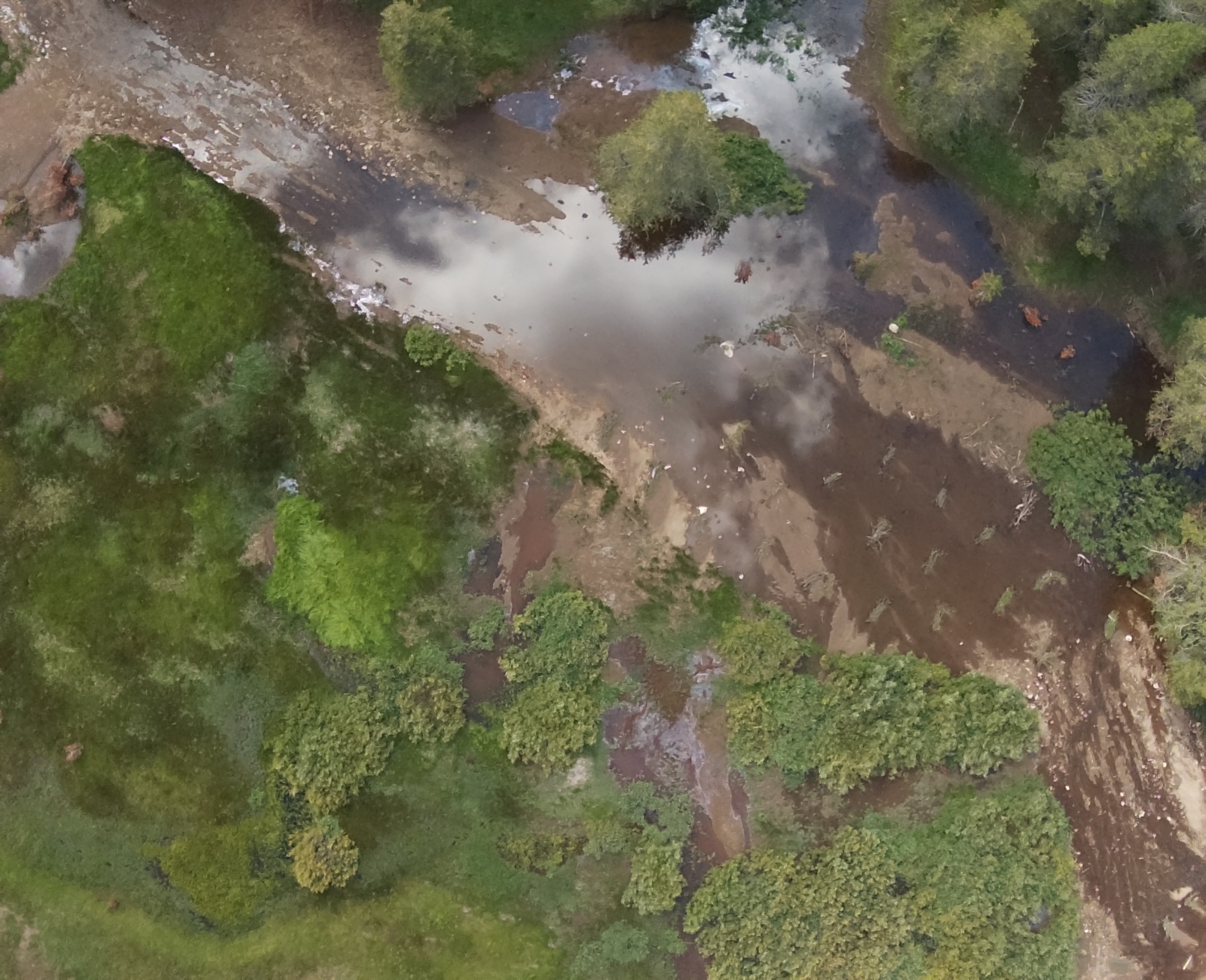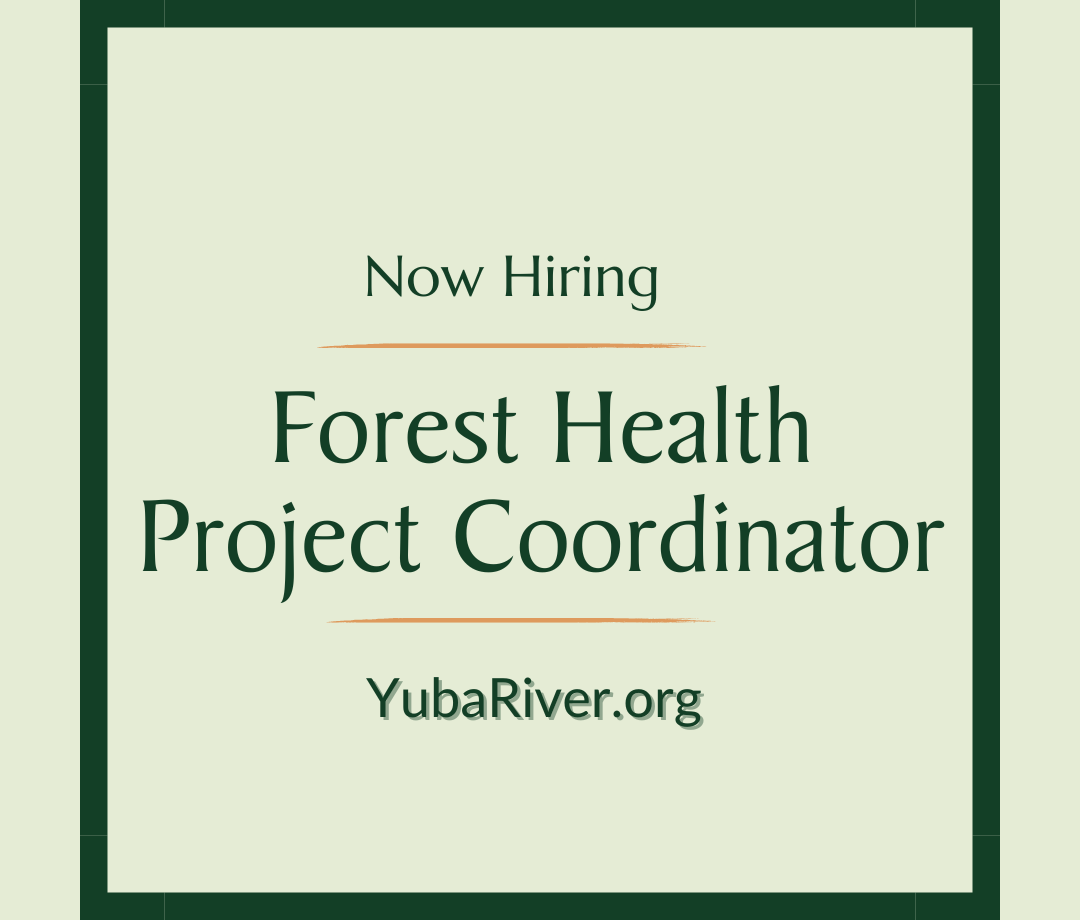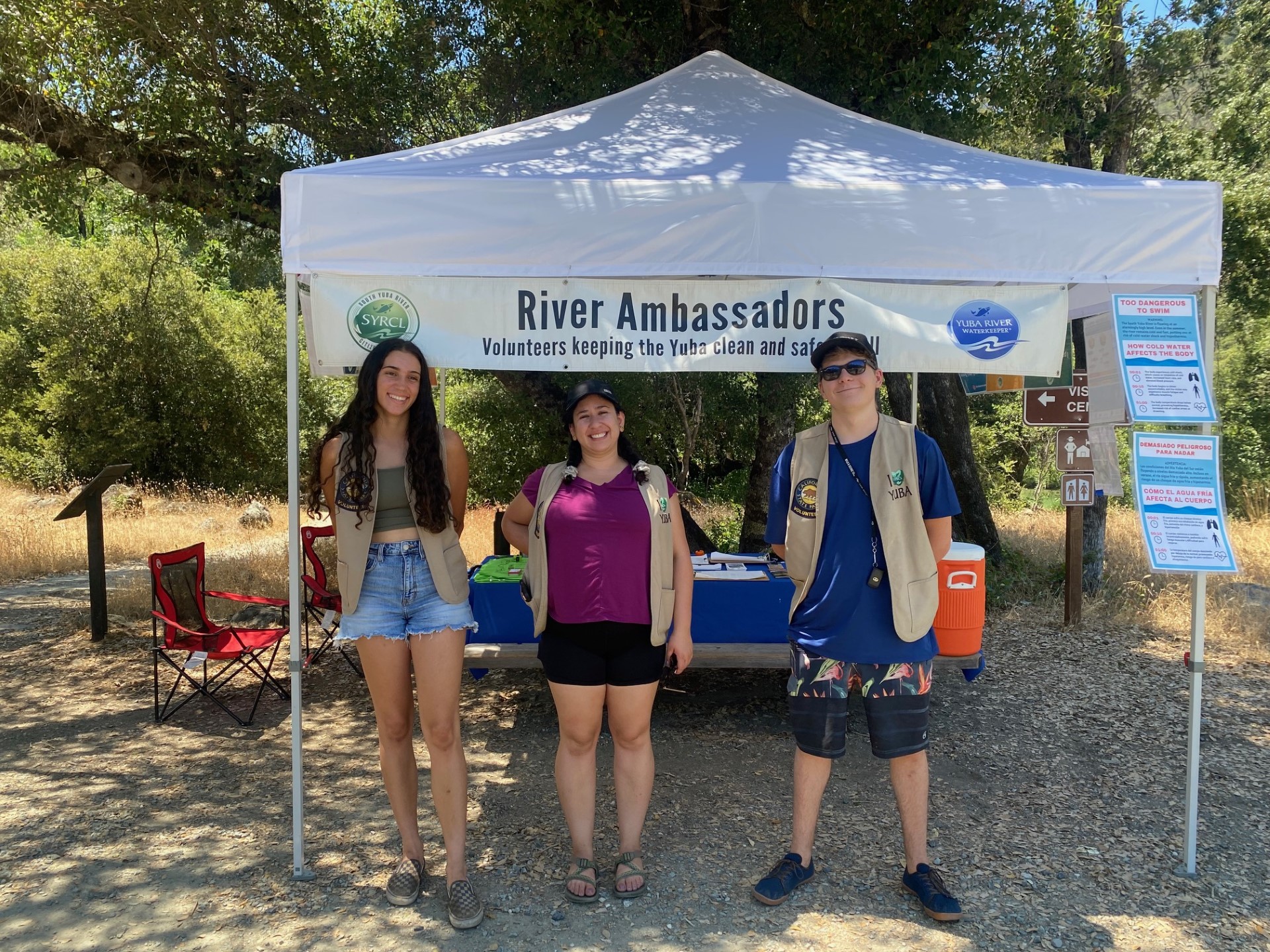5,000 trees planted on the Lower Yuba River — Beaver Heaven!

SYRCL planted over 5,000 riparian trees along the Lower Yuba River over the last month. We did it for the salmon and a diversity of wildlife will enjoy the result for many years to come. Salmon need trees to make great habitat, and it just so happens that the Lower Yuba River does not have enough trees. There are plenty of shrubs, but few cottonwoods or Goodings willow which are the largest trees that could be found in the floodplain. These trees can grow quickly and eventually fall into the river creating great habitat for young fish. Large woody riparian stands provide floodplain habitat during high flows, and sources of food for the aquatic ecosystem. It takes a healthy floodplain to raise a young salmon, and we are helping by adding riparian trees back to the Lower Yuba.
In 100 degree July days volunteers from SYRCL tagged healthy trees for harvest. The key was to select trees that were both healthy and could afford to “donate” branches. Later our contactor cut these branches and soaked them for 10 days before planting. The cuttings were harvested from lands owned by Western Aggregates and Teichert Materials just downstream of the planting site.
Beavers!
If beavers go to heaven, I am sure it would look like our soaking pond in the Goldfields. Imagine a small pond with over 5,000 cuttings of beavers’ favorite variety. Fortunately, Denise Della Santina, SYRCL’s on-site manager, came up with the great idea of protecting the pond with electrified fencing. Denise has cared for every cutting from tagging in the heat to final planting in the rain. For the last five months she has been focused on this project and has been at the planting site every day of the last three weeks for ten hours a day. We all owe Denise a great big “thank you.”
Planting: Pod and Stingers
We used two techniques to plant the cuttings. The first is what we called pod planting, where a large hole about 20 feet wide is dug with an excavator and twelve cuttings are arranged at the correct depth, then the hole is filled up.
The other technique we used was a “Stinger.” The photo above shows the stinger. The Stinger is driven down into the gravel bar. A cutting is placed into the stinger, and using the hydraulic system the stinger is forced open and pulled out; leaving the cutting in the ground.
Hammon Bar: Go see for yourself.
The best way to see the project is to go to Hammon Grove County Park (on Hwy 20, located 12 miles east of Marysville) and look across the river. You will see about five acres of foot long sticks poking out of the ground.

These are the cuttings. Some of them are planted three feet down and some are planted nine feet down. The key is to get the bottom of the cutting down into the groundwater so that during the summer months the plants will not die of thirst.
The Bureau of Land Management owns Hammon Bar. This Federal agency has been a great partner to work with on this project. The funder for this project has been the US Fish and Wildlife Service. They have also been important not only for the funding but also for technical assistance.
This has been a great project for helping salmon and restoring the natural diversity and abundance of the lower Yuba River that was catastrophically impacted by historic mining activities and still suffers the impacts of dams and altered flows. SYRCL looks forward to planning and conducting more of these types of projects over the next few years.
More information about restoration along the Lower Yuba River can be found on SYRCL’s Restoration page.
Did you enjoy this post?
Get new SYRCL articles delivered to your inbox by subscribing to our ENews.




Great progress on a restoration project that's been many years in the making! I hope the beaver get their share of the trees once they mature; they're important allies in floodplain and meadow restoration.
THANKS FOR YOUR VISION IN MAKING THIS PROJECT A REALITY! We'll take you on a tour next time you are here.